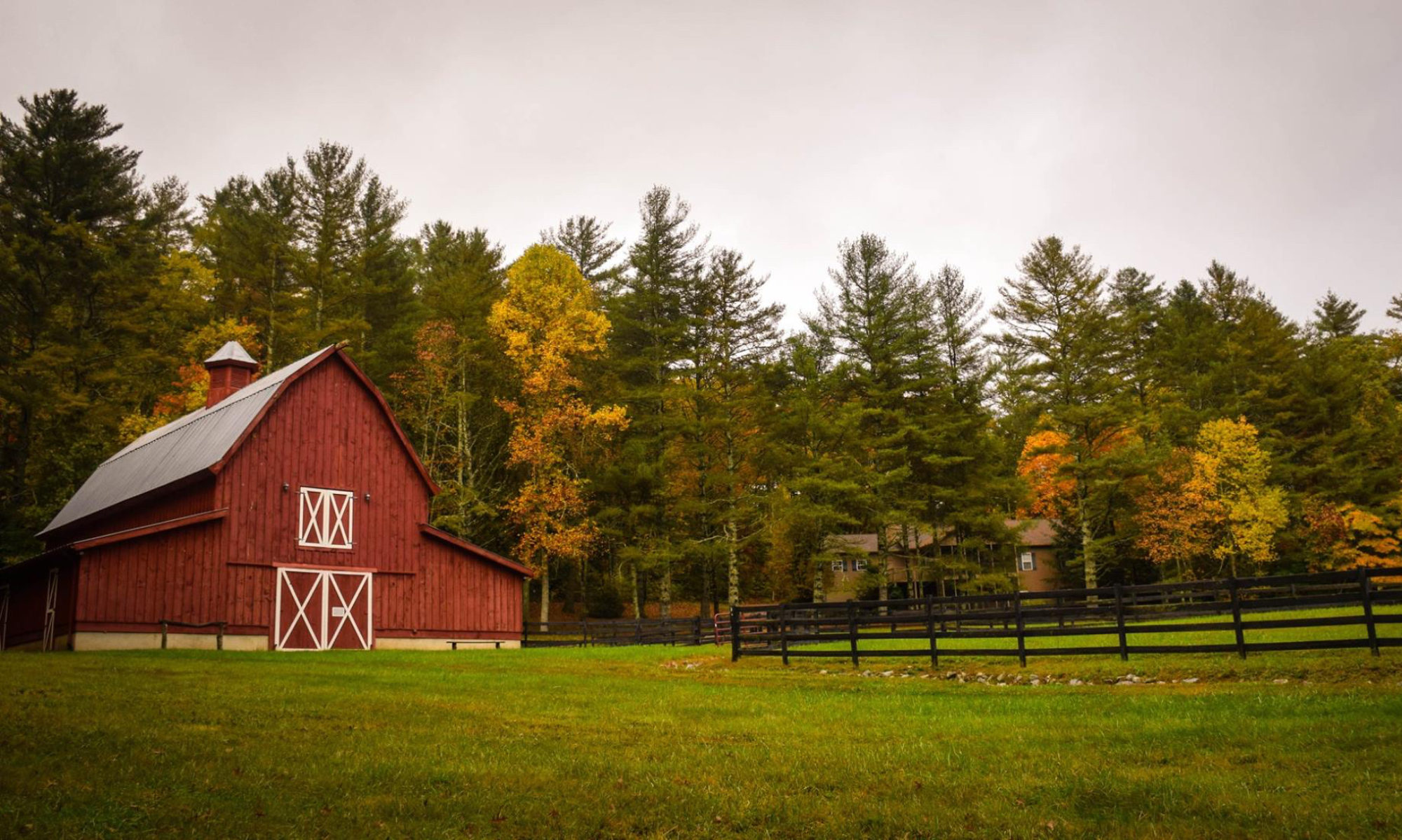Nearly the entire state of North Dakota is a “health professional shortage area.”
In prior years Canadian and other foreign doctors in the country on J1 visas have helped to fill the void in rural areas. J1 visa applicants are required to work in underserved areas, but the number of applicants for J1 visas is falling.
A hospital administrator in rural North Dakota says towns like his are getting left out in the cold as a result.
“We used to have 150 applicants,” Urvand said.
The hospital has had a physician vacancy for nearly a half year, with only a handful of applications. […]
Since 1994, the J1 visa program has cut the number of physician vacancies by half, while at any given time, there are still 20 vacancies statewide.
The same is true in Tioga. It made a couple of offers to physicians, but in both cases, the offer was turned down because the physician’s spouse didn’t want to make the move. […]
Since 1994, the J1 visa program has cut the number of physician vacancies by half, while at any given time, there are still 20 vacancies statewide.
The problem with spouse comfort is common, but so is cultural comfort.
Tioga Medical Center administrator Randall Peterson said he’s found that’s part of the reason some foreign physicians don’t want to come to small rural communities. […]
Yet another factor is a separate visa program, called H1B, which does not require rural service.
In effect, one visa program undercuts the other.
It’ll get worse. By 2020, the physician shortage will reach 200,000, with small towns feeling the hardest pinch. […]
Prior to September 11, 2001, the USDA administered a program to recruit physicians to practice in rural areas on J1 visas, and they were successful in bringing at least 3,000 doctors to underserved rural areas during the 1990s. The USDA terminated its program in early 2002.
The department of Health and Human Services has since reinstituted a much more limited program that is not expected to be able to keep up with demand in underserved areas.

